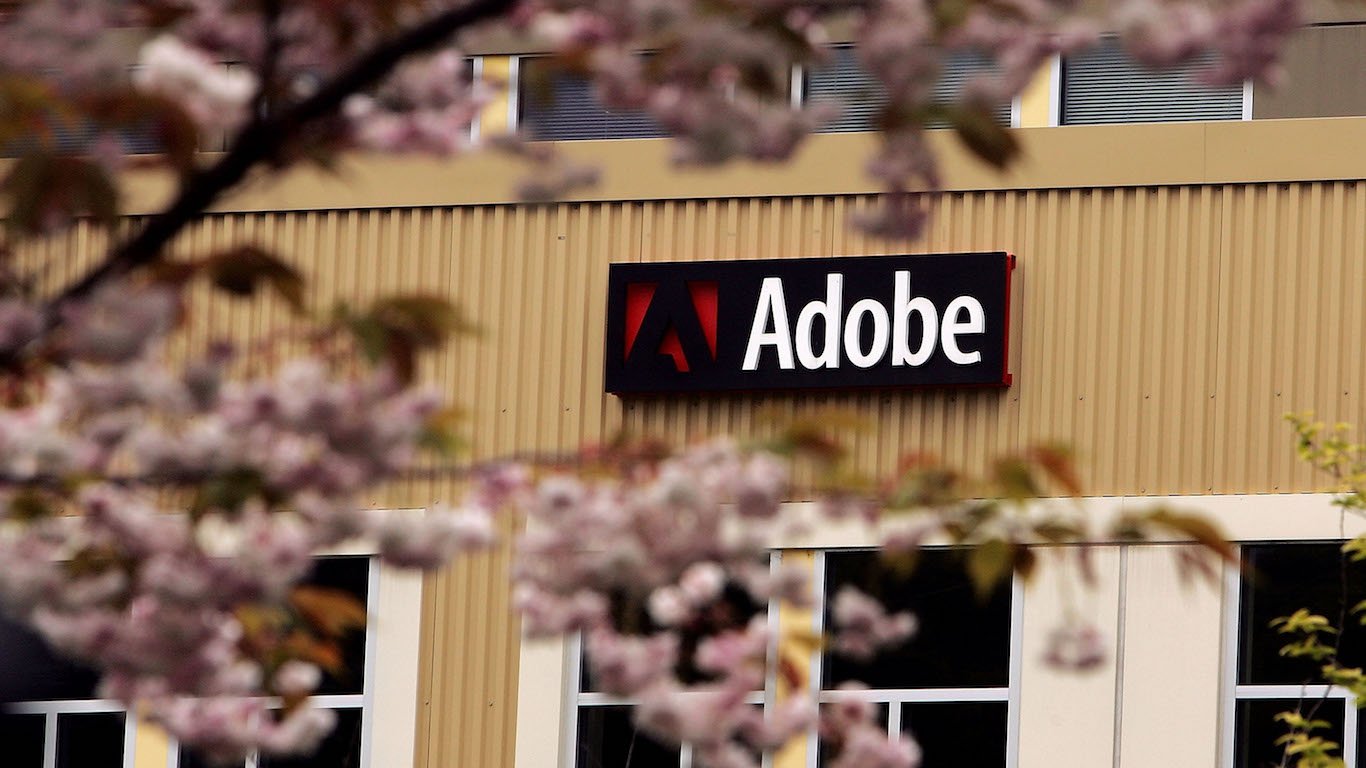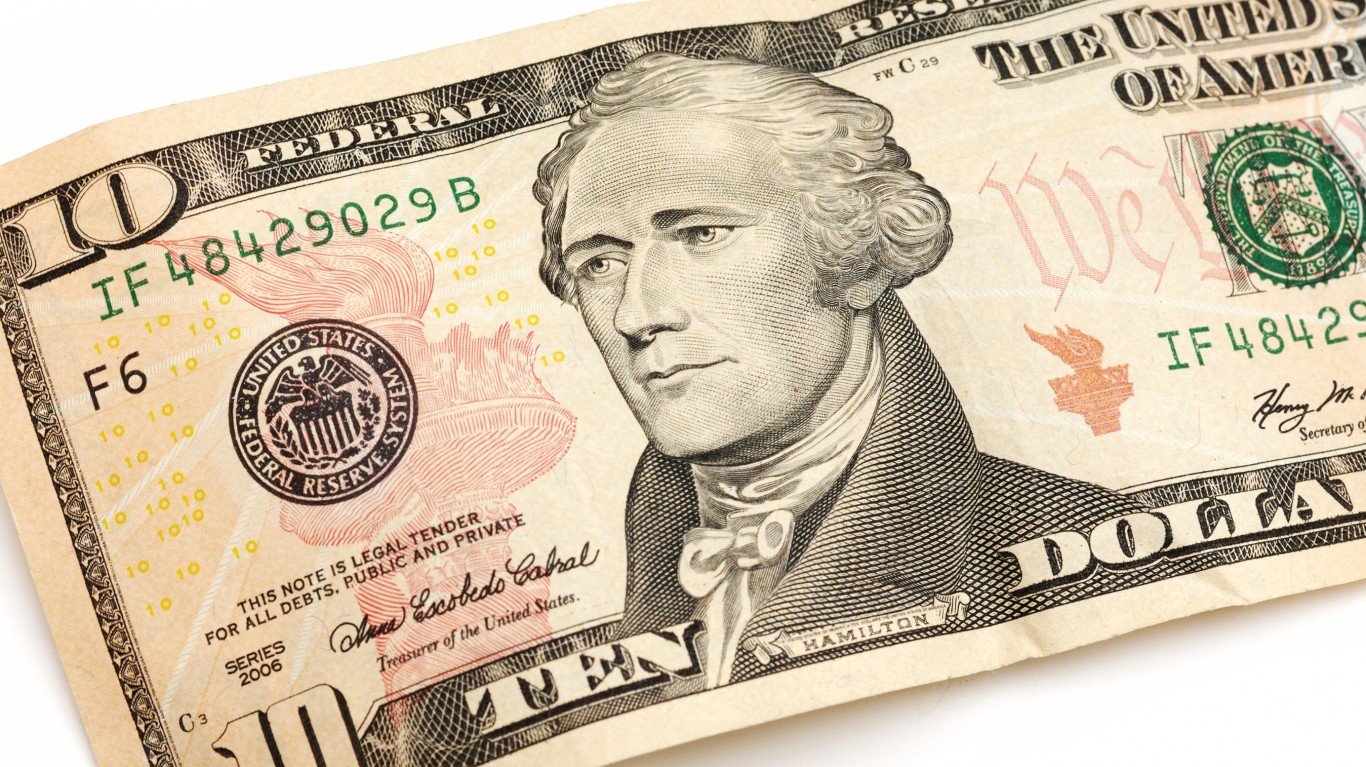

The three major U.S. equity indexes closed sharply lower on Friday, giving up the gains posted Thursday when the consumer price index report was interpreted as good news. The Dow Jones industrials ended the day down 1.34%, the S&P 500 closed 2.37% lower and the Nasdaq lost 3.08%. All 11 sectors closed lower, with consumer cyclicals and energy (both 3.7%) and materials (3.4%) posting the biggest drops. Health care (0.7%) was the only sector to end the day with a loss of less than 1%.
The first economic data of note due this week is the monthly report on new housing starts and building permits on Wednesday. The monthly report on existing home sales is due Thursday.
All three major indexes were trading higher in the first hour of Monday’s regular session.
Before markets opened on Monday, Bank of America reported better-than-expected adjusted earnings per share (EPS) and revenue. The bank added $898 million to its provision for credit losses, a year-over-year increase of $1.5 billion. The stock traded up 6.6%.
Bank of New York Mellon also reported beating both the top-line and bottom-line estimates. The bank also reported a benefit of $30 million from releasing that amount from its credit loss provisions. The stock traded up 6.4% early Monday.
Charles Schwab also beat estimates on both the top and bottom lines. The firm received net new assets of $115 billion in the quarter, but client portfolios declined by $1.4 trillion due to the plunge in equity prices. Shares traded up about 0.5% Monday morning.
We already have previewed four companies (Albertsons, Goldman Sachs, Johnson & Johnson, Lockheed Martin) set to report quarterly results before markets open on Tuesday. After markets close that day, look for results from J.B. Hunt, Netflix and United Air Lines.
First thing Wednesday morning, the following four companies will report quarterly results.
Abbott Labs
Medical device and generic drug maker Abbott Laboratories (NYSE: ABT) has dropped more than 14% from its stock price over the past 12 months. The stock hit a 52-week low in late September and has bounced higher, then lower in the past two weeks.
A strong dollar is not helping a company that rakes in about 60% of its revenue from overseas sales. That is in the same ballpark with Caterpillar, Exxon Mobil and Meta Platforms. A new problem with the bottle caps on some liquid Similac infant formula has forced the company to order another (but much smaller) recall than the one in February.
Among 23 analysts covering Abbott Labs stock, 17 have a Buy or Strong Buy rating, and four more rate the shares at Hold. The median price target is $125.00, and with shares trading at around $100.90, the upside potential is 23.9%. At the high target of $145.00, the upside potential increases to 43.7%.
Third-quarter revenue is forecast to drop sequentially by about 14.3% to $9.65 billion and to decrease by about 11.7% year over year. Adjusted EPS are forecast at $0.94, down by about 34% sequentially and by 32.9% year over year. For the full 2022 fiscal year, analysts are looking for adjusted EPS of $5.05, down about 3.1%, on revenue of $42.54 billion, down 1.3%.
Abbott Labs stock trades 20.0 times expected 2022 EPS, 21.7 times estimated 2023 earnings of $4.65 and 19.7 times estimated 2024 earnings of $5.12 per share. The stock’s 52-week trading range is $96.67 to $142.60, and the company pays an annual dividend of $1.88 (yield of 1.86%). Total shareholder return for the past 12 months was negative 12.7%.
ASML
Semiconductor manufacturing equipment maker ASML Holding N.V. (NASDAQ: ASML) stock has plunged by more than 50% over the past 12 months, including a slide of 6.5% last Friday. The U.S. ban on exporting advanced chip and chipmaking technology to China has driven the sector’s average share price loss to almost 33% over the past year. For the year to date, the sector has declined by 47%, and ASML has dropped 50%.
Of 32 analysts following the stock, 25 have a Buy or Strong Buy rating and six have Hold ratings. At a share price of around $395.90, the implied upside based on a median price target of about $624.00 is 57.2%. At the high price target of $896.95, the upside potential reaches 126%.
Analysts expect the company to report revenue of $5.29 billion for the September quarter, down by about 9.3% sequentially and 12.9% lower year over year. Adjusted EPS are forecast at $3.36, down 7.1% sequentially and by 31.8% year over year. For the full 2022 fiscal year, analysts anticipate EPS of $13.01, down by about 17.7% year over year, on revenue of $20.19 billion, down 4.7%.
ASML stock trades at around 31.1 times expected 2022 EPS, 21.9 times estimated 2023 EPS of $18.46 and 18.7 times estimated 2024 earnings of $21.67 per share. The stock’s 52-week range is $363.15 to $881.12. The low was posted last week. The company pays an annual dividend of $5.29 per share (yield of 1.4%). Total shareholder return for the past 12 months was negative 49.2%.
Baker Hughes
For every 10 sectors trading lower in the past year, there is one trading higher. That would be energy, which has added almost 45% to its sector average this year. Oilfield services firm Baker Hughes Co. (NASDAQ: BKR) is not doing its part. The stock has dropped about 11.5% of its value over the past 12 months, after touching a new 52-week low late last month.
Baker Hughes has been the weakest-performing stock in the industry and in the entire energy sector. The company’s expansion outside its sweet spot in the oil patch has required more investment to remain competitive, and more investment will likely be necessary going forward. Weak returns to shareholders are a result.
Analysts remain solidly bullish on the stock, with 21 of 26 having a Buy or Strong Buy rating. Five more rate the shares at Hold. At a share price of around $23.60, the upside potential based on a median price target of $32.65 is about 38.4%. At the high price target of $41.00, the implied upside is 73.7%.
The consensus third-quarter revenue estimate is $5.43 billion, up 7.5% sequentially and by 6.7% year over year. Adjusted EPS are forecast to jump sequentially by nearly 123% to $0.25. That is a year-over-year improvement of more than 56%. For the full 2022 fiscal year, analysts forecast EPS up 44.2% to $0.91 on sales of $21.51 billion, up 4.7%.
Baker Hughes stock trades at 26.0 times expected 2022 EPS, 14.8 times estimated 2023 earnings of $1.60 and 11.1 times estimated 2024 earnings of $2.14. The stock’s 52-week range is $20.41 to $39.78. Baker Hughes pays an annual dividend of $0.72 (yield of 3.02%). Total shareholder return for the past year was negative 9.8%.
Procter & Gamble
Dow stock Procter & Gamble Inc. (NYSE: PG) has seen its share price drop about 11.8% over the past 12 months. From a 52-week high posted in late January, shares retreated 26% to a 52-week low last week. CEO Jon Moeller dodged a shareholder vote last week that could have stripped him of his role as board chair. Moeller and two other board members, who were also reelected, faced a challenge from environmental groups who claim the company is not doing enough to combat deforestation.
Of 23 analysts covering the stock, 12 have a Buy or Strong Buy rating and 10 more have Hold ratings. At a share price of around $127.00, the upside potential based on a median price target of $150.65 is 18.6%. At the high price target of $170.00, the implied gain is 33.9%.
Analysts expect the company to report fiscal 2023 first-quarter revenue of $20.37 billion, up 4.4% sequentially and flat year over year. Adjusted EPS are pegged at $1.55, up 28.2% sequentially but 3.7% lower year over year. For the full fiscal year ending in June, estimates call for EPS of $5.85, up 0.8%, on sales of $79.99 billion, down 0.3%.
The shares trade at 21.7 times expected 2023 EPS, 20.3 times estimated 2024 earnings of $6.26 and 18.9 times estimated 2025 earnings of $6.73 per share. The stock’s 52-week range is $122.18 to $165.35. P&G pays an annual dividend of $3.65 (yield of 2.92%). Total shareholder return for the past year was negative 9.8%.
Sponsored: Find a Qualified Financial Advisor
Finding a qualified financial advisor doesn’t have to be hard. SmartAsset’s free tool matches you with up to 3 fiduciary financial advisors in your area in 5 minutes. Each advisor has been vetted by SmartAsset and is held to a fiduciary standard to act in your best interests. If you’re ready to be matched with local advisors that can help you achieve your financial goals, get started now.
Thank you for reading! Have some feedback for us?
Contact the 24/7 Wall St. editorial team.
 24/7 Wall St.
24/7 Wall St. 24/7 Wall St.
24/7 Wall St.


